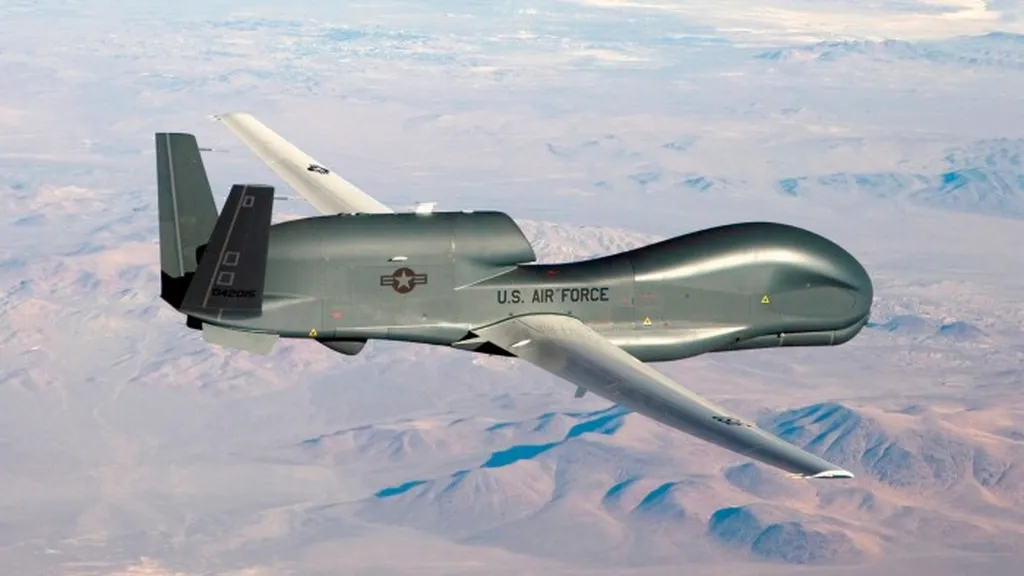Southeast Asia’s defence landscape is evolving, with Singapore at the forefront of a strategic balancing act that underscores the region’s broader security priorities. New research from the Lowy Institute highlights how Singapore, a small but formidable military power, has cultivated a robust network of defence partnerships—both within Southeast Asia and with external powers—to bolster its security, access advanced technologies, and maintain operational readiness.
Singapore’s defence cooperation is deliberate and multifaceted, reflecting its long-standing strategy to secure overseas training grounds, strengthen military expertise, and foster interoperability. The Lowy Institute’s findings reveal a clear hierarchy in Singapore’s partnerships: the United States stands as its leading defence ally outside the region, while Indonesia takes the top spot within Southeast Asia.
The U.S.-Singapore partnership is unparalleled, built on decades of agreements and joint exercises. Landmark pacts like the 1983 General Security of Military Information Agreement (GSOMIA) and the 2005 Strategic Framework Agreement have cemented intelligence-sharing, military access, and joint training. These agreements grant the U.S. access to Singapore’s military facilities while providing Singaporean forces with unparalleled opportunities to train alongside American counterparts and gain exposure to cutting-edge military technology.
“Exercises allow Singapore’s military to learn and measure their capabilities with their more experienced and capable American counterparts,” the report notes. Bilateral drills such as Commando Sling, Valiant Mark, and Pacific Griffin cover air, land, and maritime domains, ensuring Singapore’s forces remain battle-ready. Additionally, Singapore participates in multilateral exercises like RIMPAC and Talisman Sabre, further enhancing interoperability with U.S. allies.
By contrast, Singapore’s defence engagement with China is more limited, focusing on confidence-building rather than joint operations. While agreements on military education exchanges and secure communication lines have been established, exercises remain confined to non-traditional security areas, such as gunnery and search-and-rescue drills. This cautious approach reflects Singapore’s broader strategy of balancing relations with global powers while avoiding over-reliance on any single partner.
Singapore’s defence cooperation extends beyond the U.S. and China, with growing ties to middle powers like France, the United Kingdom, Australia, and India. These partnerships provide critical access to advanced defence technology and overseas training facilities. For instance, the Australia–Singapore Military Training Initiative (ASMTI) allows up to 14,000 Singaporean personnel to train in Australia annually, addressing Singapore’s need for overseas training grounds due to its small size.
Regional cooperation remains a cornerstone of Singapore’s defence strategy. Of the 130 recorded bilateral and multilateral military exercises in 2023 and 2024, around 70% involved Southeast Asian nations, with Indonesia leading the way. Exercises like EX Eagle Indopura and EX Malapura with Indonesia and Malaysia, respectively, reinforce trust and interoperability, crucial for coordinated operations such as the Malacca Strait Patrols.
Singapore’s approach exemplifies a broader trend in Southeast Asia: the pursuit of a balanced defence strategy that leverages both global and regional partnerships. By deepening ties with major powers while maintaining strong relations with neighbours, Singapore ensures its military remains agile, technologically advanced, and prepared for an uncertain future.
This model of defence cooperation—rooted in pragmatism and adaptability—could serve as a blueprint for other Southeast Asian nations navigating an increasingly complex security environment. As geopolitical tensions rise, the ability to forge strategic partnerships while maintaining regional stability will be key to safeguarding peace and prosperity in the region.

